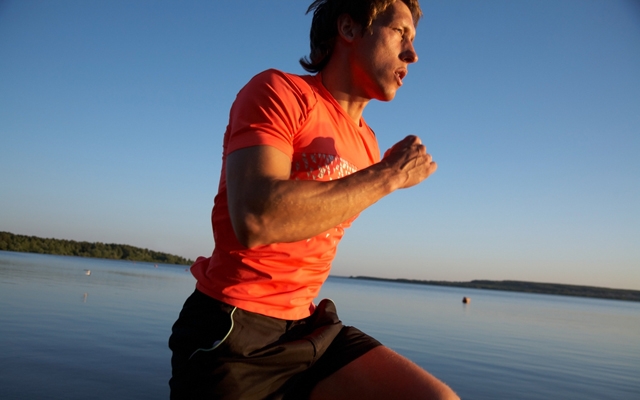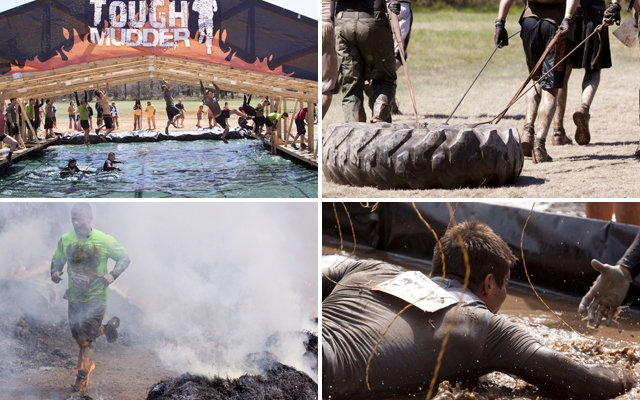You’ve got maybe a race or two under your belt now and you want to shave some time off of your finish times. Look at your training. Are you heading out and doing runs where you’re comfortable on every run? That’s where your problem lies. You can’t expect your speed to improve if you’re always running at a pace that’s comfortable. To get faster, you need to change your workouts and incorporate ones that take you out of that slow and steady pace.
Do fartleks
Funny word, yes, but it’s a seriously fun way to help improve your overall speed. The word is Swedish and speed play. Basically, when out for a run, add intervals where you run faster, and ones where you recover. They don’t have to be a rigid timed interval or distance. You might choose to sprint to the next street corner, or run comfortably hard to that parked car you see in the distance, and then recover until the chorus of the song you’re listening to.
Run intervals on a track
Less hapharzard than fartleks, track intervals can be boring but they’re a necessary part of training to become faster. Find a track at a school or park and practice speed intervals after warming up with a short run. Run two loops of an 400-metre track at a comfortably hard pace (say, for example, the pace you’d run a 10k race if you’re a marathoner) and then run one loop at a slow pace to recover; repeat; build your number of intervals from week to week until you’ve reached six to 12 intervals.
Do hill training
Running hills help to build leg strength. And that leg strength will help you become faster, because those muscles your strengthen when you run hills are the same ones you use when sprinting, so when you take your hill trained legs on a flat surface, you’ll be faster. Running on a hill also affects your stride frequency and length in a way that translates to making you faster. You don’t necessarily have to find a hill that’s very steep; it’s more important to look for ones that offer you at least 200 yards to run uphill (and downhill — running downhill can be tough on the quads and knees, so it’s important to incorporate these into your hill training as well so that your body strengthens and becomes accustomed to the pounding impact of the downhill running).












